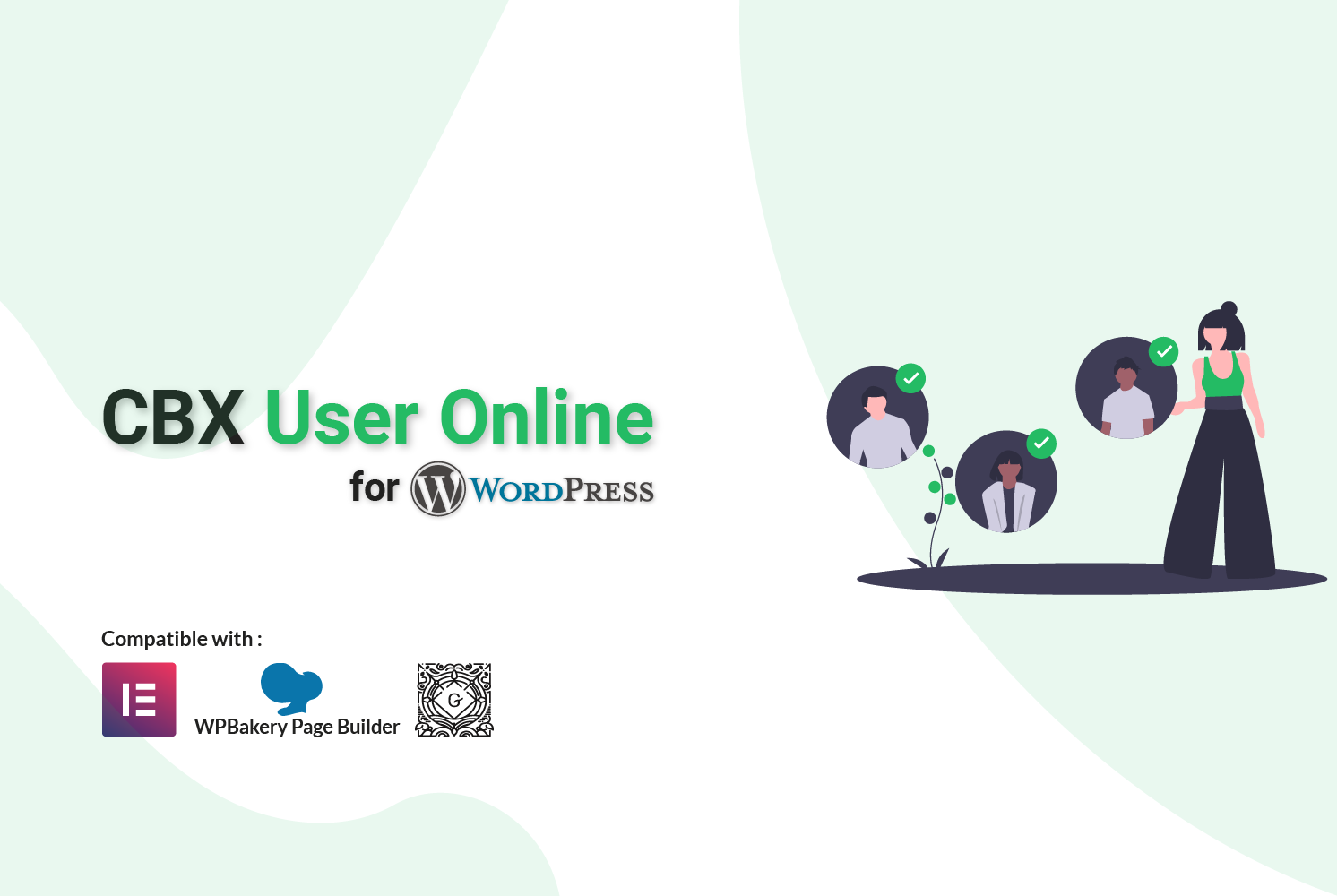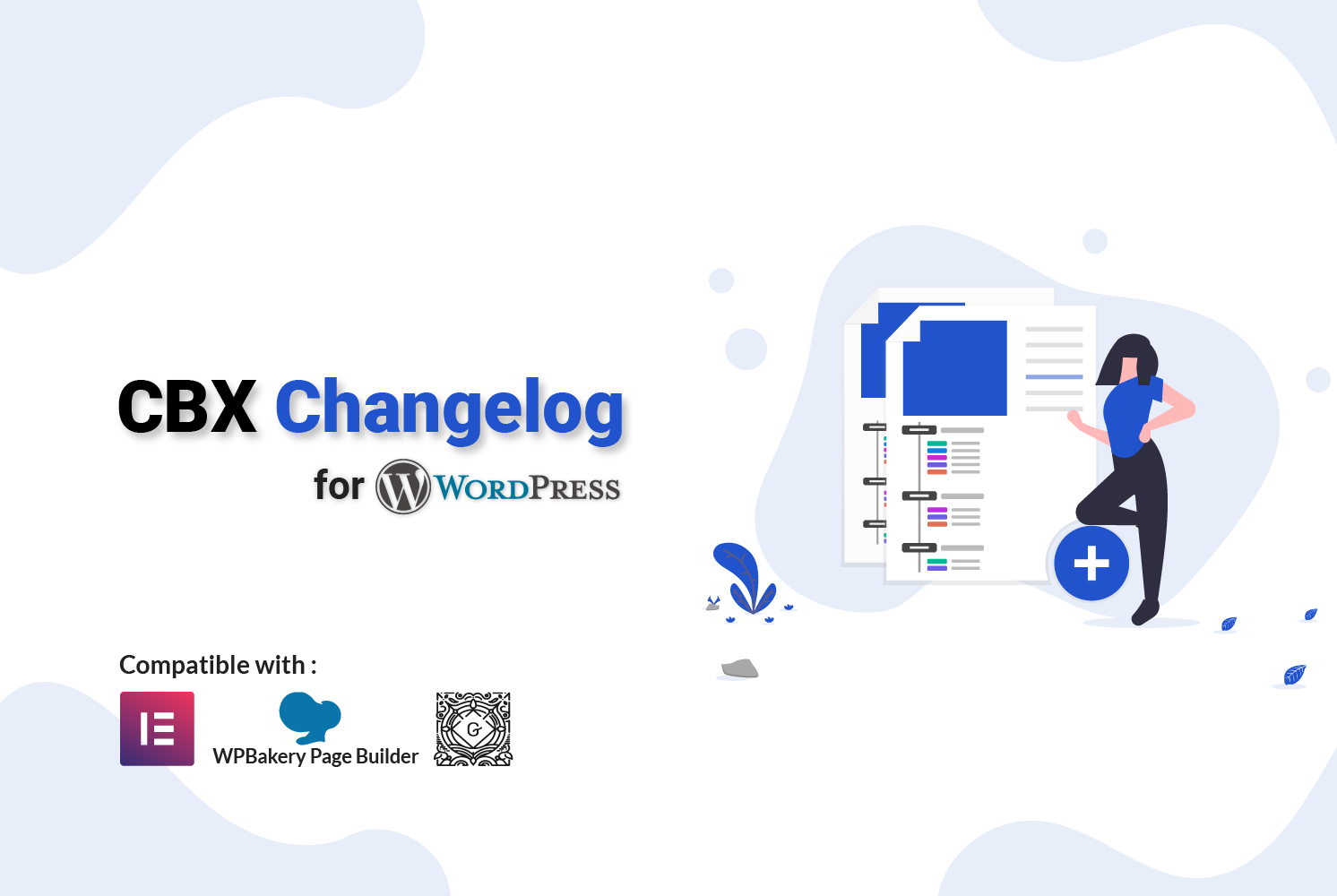Why CSRF Tokens in GET URLs Are a Security Risk in Laravel
Including a CSRF (Cross-Site Request Forgery) token in a GET URL in Laravel (or any web application) is generally considered a security issue for several reasons. Below, I’ll explain why this is problematic and provide reasoning based on web security best practices.
Why Including a CSRF Token in a GET URL is a Security Issue
-
Exposure in Browser History and Logs:
- GET requests, including their query parameters, are often logged in browser history, server logs, proxy logs, or other systems. If the CSRF token is included in the URL (e.g.,
example.com/action?csrf_token=xyz), it becomes visible in these logs, making it easier for an attacker to obtain the token. - Unlike POST requests, which typically send data in the request body (not logged by default), GET request URLs are more exposed.
- GET requests, including their query parameters, are often logged in browser history, server logs, proxy logs, or other systems. If the CSRF token is included in the URL (e.g.,
-
Referrer Header Leakage:
- When a user navigates to another website or a third-party resource (e.g., clicking a link or loading an image), the browser may include the full URL, including the CSRF token, in the HTTP
Refererheader. This could inadvertently leak the token to external sites, increasing the risk of it being intercepted by malicious actors.
- When a user navigates to another website or a third-party resource (e.g., clicking a link or loading an image), the browser may include the full URL, including the CSRF token, in the HTTP
-
Bookmarking and Sharing:
- GET URLs can be bookmarked or shared (e.g., via email, chat, or social media). If the CSRF token is part of the URL, it could be accidentally shared with others or stored in an insecure location, allowing unauthorized access to perform actions on behalf of the user.
-
CSRF Tokens Are Not Meant for GET Requests:
- CSRF tokens are designed to protect state-changing operations (e.g., POST, PUT, DELETE requests) that modify server-side data. GET requests, by convention (per HTTP standards), should be idempotent and not cause side effects. Including a CSRF token in a GET request suggests a design flaw, as GET requests should not require CSRF protection in the first place.
-
Increased Attack Surface:
- Exposing the CSRF token in the URL makes it easier for attackers to attempt token theft through techniques like XSS (Cross-Site Scripting) or social engineering. While XSS can compromise tokens in other ways, including them in URLs simplifies the process.
-
Token Reusability:
- CSRF tokens are typically single-use or time-limited to prevent replay attacks. If a token is exposed in a GET URL and logged or shared, an attacker might attempt to reuse it before it expires, depending on how the application handles token validation.
Laravel-Specific Considerations
In Laravel, CSRF protection is implemented using the VerifyCsrfToken middleware, which automatically checks for a valid CSRF token in non-GET requests (e.g., POST, PUT, DELETE). Laravel does not expect or require CSRF tokens in GET requests because:
- GET Requests Are Excluded from CSRF Protection: By default, Laravel’s CSRF middleware does not apply to GET, HEAD, or OPTIONS requests, as these are considered safe methods that should not modify server state.
- Token Handling: Laravel’s CSRF tokens are typically included in forms as hidden input fields (e.g.,
{{ csrf_field() }}) or sent via headers (e.g.,X-CSRF-TOKENfor AJAX requests). Placing the token in a GET URL deviates from this standard and secure practice.
If you’re considering adding a CSRF token to a GET URL to “protect” a GET request, it’s a sign that the request might be performing a state-changing action (e.g., deleting a resource or updating data). In this case, you should redesign the application to use a POST, PUT, or DELETE request instead, as per RESTful conventions.
Best Practices to Avoid Security Issues
-
Use POST for State-Changing Actions:
- Any action that modifies server state (e.g., creating, updating, or deleting resources) should use POST, PUT, or DELETE requests, not GET. Include the CSRF token in the request body (e.g., via a hidden form field) or as an HTTP header.
-
Follow Laravel’s CSRF Protection:
- Use Laravel’s built-in CSRF protection by including
{{ csrf_field() }}in your forms or theX-CSRF-TOKENheader in AJAX requests. Laravel handles token generation and validation securely.
- Use Laravel’s built-in CSRF protection by including
-
Avoid Sensitive Data in URLs:
- Never include sensitive information, such as CSRF tokens, session IDs, or other credentials, in GET URLs. Use request bodies or headers instead.
-
Secure Referrer Policy:
- Configure a strict
Referrer-Policyheader (e.g.,strict-originorno-referrer) to reduce the risk of leaking sensitive data via theRefererheader.
- Configure a strict
-
Use HTTPS:
- Ensure your application uses HTTPS to encrypt all requests, reducing the risk of token interception in transit. However, this does not mitigate the risks of logging or sharing URLs.
-
Validate Requests Properly:
- Ensure that your application enforces proper CSRF token validation and follows HTTP method conventions (e.g., GET for retrieving data, POST for creating/updating).
Example of Proper CSRF Handling in Laravel
Instead of using a GET URL like example.com/delete/123?csrf_token=xyz, use a POST request:
<form method="POST" action="/delete/123">
@csrf
<button type="submit">Delete</button>
</form>This generates a hidden input field with the CSRF token, which Laravel’s middleware will validate automatically.
For AJAX requests, include the token in the header:
$.ajax({
url: '/delete/123',
type: 'POST',
headers: {
'X-CSRF-TOKEN': $('meta[name="csrf-token"]').attr('content')
},
success: function(response) {
console.log('Success');
}
});With a meta tag in your HTML:
<meta name="csrf-token" content="{{ csrf_token() }}">Conclusion
Including a CSRF token in a GET URL in Laravel is a security issue due to the risks of exposure, leakage, and misuse. It also indicates a potential design flaw, as GET requests should not require CSRF protection. Instead, use POST, PUT, or DELETE requests for state-changing actions, leverage Laravel’s built-in CSRF protection, and avoid including sensitive data in URLs. If you need further guidance on securing a specific use case in Laravel, feel free to provide more details!
Need to build a Website or Application?
Since 2011, Codeboxr has been transforming client visions into powerful, user-friendly web experiences. We specialize in building bespoke web applications that drive growth and engagement.
Our deep expertise in modern technologies like Laravel and Flutter allows us to create robust, scalable solutions from the ground up. As WordPress veterans, we also excel at crafting high-performance websites and developing advanced custom plugins that extend functionality perfectly to your needs.
Let’s build the advanced web solution your business demands.








